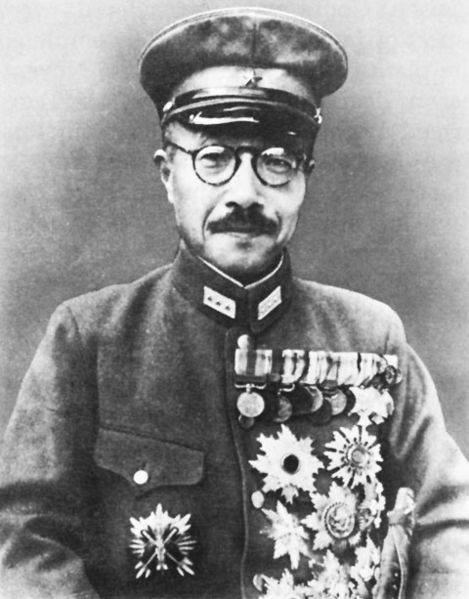
Japan (JPN)


Daimjó Shingen Takeda
Daimjó Sóun Hojo

Daimjó Ujijasu Hojo

Fighter aces of Japan at Nomonchan 1939 with 20 or more kills

Fighter aces of Japan in the Chinese incident 1937 - 1941

General Hideki Tojo

ONISHI Takijiro, Admiral, 1892-1945

Pearl Harbor paradoxes

Report of Japanese Prime Minister Konoe to the Emperor

Samurai against fate
As cliché as it sounds, Admiral Isoroku Yamamoto and one of the greats of naval history was indeed born into the ancient Takano samurai family in 1884. He was the child of his father's second marriage, and the proud Mr Takano, who was already 56 when his son was born, called him "sixty-six" - isoroku in Japanese. The Takano family were in disfavor as Isoroku's father fought on the side of the shogunate against the new Meiji government that opened Japan wide open to Western technology and modernization in the late 19th century. He was left with no choice but to earn a modest living as a swordsman in Nagaoka, in the north of Honshu.

The era of Japanese history

Listings

List of ranks

A

B

C

D

E

F

G

H

I

J

K

M

N

O

P

R

S

T

U

W

Z
Join us
We believe that there are people with different interests and experiences who could contribute their knowledge and ideas. If you love military history and have experience in historical research, writing articles, editing text, moderating, creating images, graphics or videos, or simply have a desire to contribute to our unique system, you can join us and help us create content that will be interesting and beneficial to other readers.
Find out more